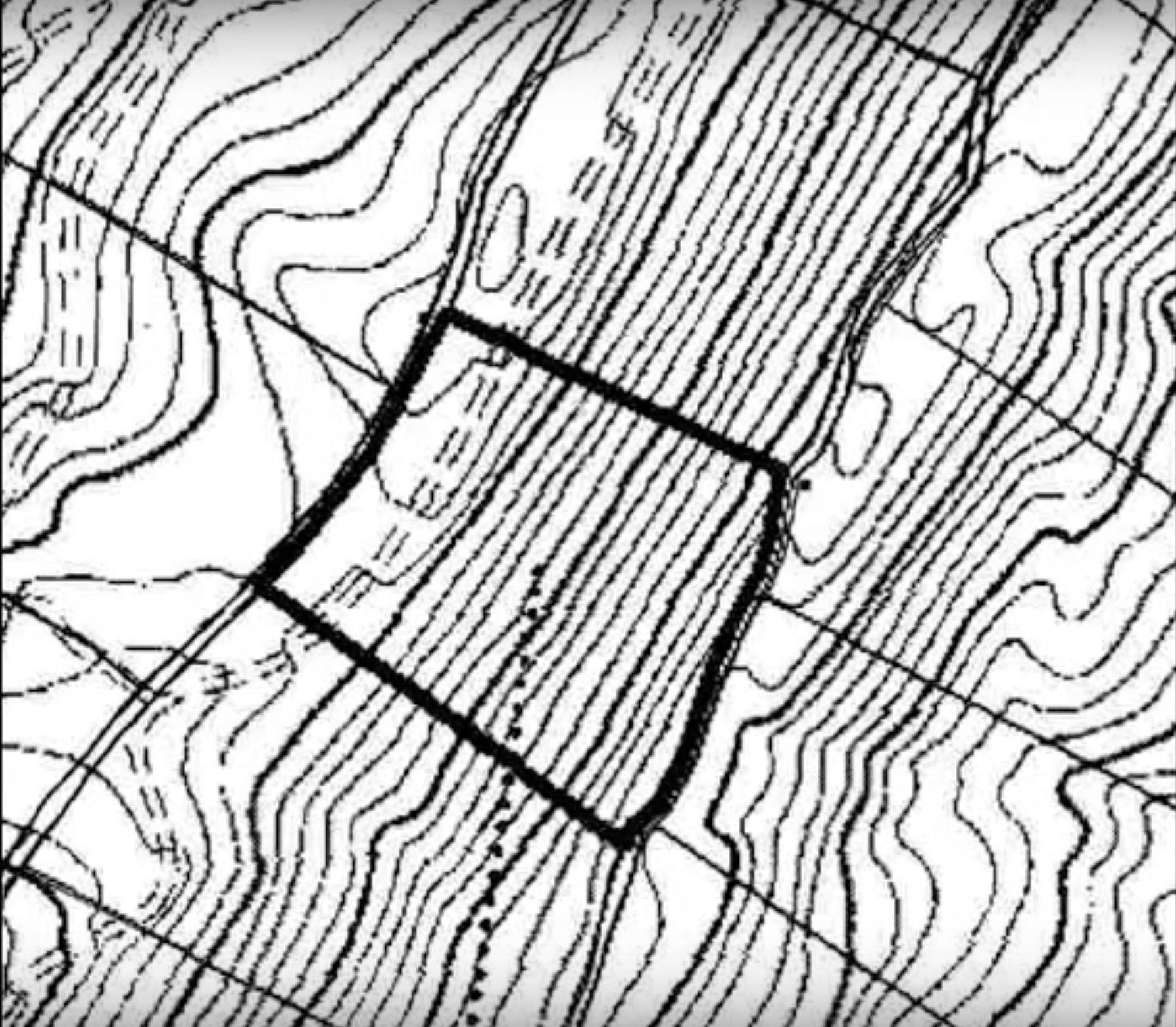Important Devices and Strategies in Establishing Out Design
The self-control of laying out engineering depends heavily on a suite of important tools and techniques that underpin the precision and effectiveness of project implementation. Instruments such as land surveyor's degrees, overall stations, and advanced GPS modern technology are indispensable for establishing specific referral points. Furthermore, the integration of traditional methods with modern techniques, consisting of geospatial evaluation and 3D modeling, offers significant advantages in visualizing website conditions. Recognizing exactly how these aspects interact is crucial for reducing errors and enhancing job end results, yet the nuances of their application often stay overlooked. What effects does this hold for future engineering practices?
The Relevance of Accurate Measurements

The importance of accurate measurements extends beyond plain conformity; they are indispensable to the general effectiveness of engineering processes. Inaccuracies can result in material waste, job hold-ups, and enhanced labor prices, ultimately impacting the task's profits. In addition, exact measurements improve the quality of the end product, making certain that it performs as planned and satisfies the expectations of stakeholders - setting out engineering.
Furthermore, the significance of exact measurements is apparent in numerous engineering techniques, including civil, mechanical, and electrical engineering. Hence, promoting a culture that prioritizes accuracy is essential for the future of design.
Crucial Devices for Establishing Out
Establishing out, a crucial phase in the engineering and construction procedure, depends greatly on specific devices that make sure precise area and alignment of frameworks. Amongst these devices, the property surveyor's level stands out, offering exact straight measurements essential for developing recommendation points. This instrument makes it possible for engineers to establish elevation modifications and maintain uniformity across the job website.
The total station is an additional vital tool, integrating electronic range dimension with angular measurement capabilities. This technology boosts performance and accuracy in catching spatial information, permitting for reliable website format and planning.
Additionally, the usage of gauging tapes and noting devices, such as chalk lines or risks, is fundamental for momentarily noting borders and crucial points on the website. These standard devices, though simple, are important for making certain clear communication among the building team pertaining to job requirements.
Last but not least, GPS technology has gotten traction in laying out procedures, supplying real-time positioning information and dramatically enhancing accuracy over conventional methods. Collectively, these essential devices create the foundation of efficient laying out practices, inevitably adding to the effective implementation of design and building and construction jobs.
Advanced Checking Methods
Advanced surveying techniques play a pivotal duty in boosting the accuracy and effectiveness of engineering tasks. These strategies include a variety of approaches that offer accurate information for style and building. Traditional techniques, such as leveling and triangulation, have actually advanced into more innovative techniques, including Complete like it Terminal surveys and International Navigation Satellite Systems (GNSS)
Total Terminal gadgets integrate digital theodolites with distance dimension abilities, enabling property surveyors to gather precise location data with great speed. This technology substantially minimizes errors associated with hands-on measurements and provides real-time information processing. In addition, GNSS provides unrivaled precision for large-scale tasks by utilizing satellite signals to establish exact positioning, which is crucial for making certain and straightening frameworks conformity with design requirements.
Along with these devices, advanced techniques likewise integrate geospatial evaluation and 3D modeling. These approaches allow engineers to imagine surface and site problems extra effectively, helping with much better decision-making during the preparation stage. By utilizing these sophisticated checking strategies, design tasks can attain greater precision in layout, decrease rework, and eventually improve general task success.
Digital Innovation in Engineering
The combination of digital innovation has transformed engineering methods, improving both performance and precision throughout different techniques. Devices such as Building Information Modeling (BIM) help with the visualization and management of intricate tasks, permitting engineers to collaborate perfectly and make educated decisions. This modern technology makes it possible for the creation of comprehensive 3D models, which can be analyzed for architectural stability and effectiveness before building and construction begins.

The application of artificial knowledge and equipment knowing in design procedures additionally enhances predictive upkeep and optimization of resources. Generally, digital technology is reshaping the design landscape, driving innovation, and making sure that projects are completed with higher performance and reduced danger.
Ideal Practices for Implementation
When carrying out electronic technology in engineering, it is crucial to establish a calculated method that straightens with project official statement goals and organizational capacities. An extensive analysis of existing operations and technology facilities is necessary to recognize gaps and opportunities for enhancement. Involving stakeholders early at the same time cultivates collaboration and guarantees that the innovation satisfies customer demands.

Job managers must take on an iterative application approach, permitting adjustments based on real-time feedback and efficiency evaluations. This agile approach not only reduces risks but additionally advertises continual renovation by including lessons found out.
Conclusion
In conclusion, the integration of vital tools and advanced methods in laying out engineering is important for making sure accuracy in dimensions and successful project execution. Employing tools such as land surveyor's degrees, complete stations, and GPS innovation, together with modern surveying methods, enhances precision and lowers the chance of mistakes. Embracing finest methods in application even more enhances these processes, eventually fostering enhanced task end results in the design and building sectors.
The technique of establishing out engineering relies greatly on a suite of Check Out Your URL necessary tools and methods that underpin the accuracy and performance of job execution.Furthermore, the relevance of precise measurements is noticeable in different engineering techniques, including civil, mechanical, and electric design. By employing these innovative checking strategies, design projects can attain better precision in layout, lower rework, and eventually enhance total job success.
Overall, electronic modern technology is reshaping the design landscape, driving advancement, and making sure that projects are finished with greater performance and lowered danger (setting out engineering).In conclusion, the integration of vital tools and progressed techniques in setting out engineering is important for making sure accuracy in measurements and effective project execution